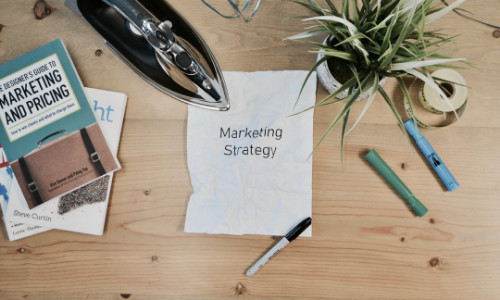How to: Declutter Your Digital Space

Let’s be honest, having a totally cleaned out inbox or a completely crossed off to-do list is one of life’s great joys. Clean digital workspace can help your focus and productivity. So what can you do to declutter your digital space?
- Put in a gap. Cal Newport, a computer science professor at Georgetown University, said many people succumb to what he calls the list/reactive method: They instantly react to communication. That means answering texts, emails, messages as soon as they pop up and therefore constantly interrupting their workflow. Waiting to answer messages until a time that’s more convenient for you can help you stay focused and actually make progress on your work.
- Set a schedule. Set aside time to focus on work communications and then let your colleagues know when that is. Sticking to “office hours” can be surprisingly helpful.. Going from a Zoom video to a call with your kid’s school to texting about social plans with friends can blur the lines between personal and professional. Dr. Newport says, “It blends together the lives completely, You’re never not working. You always feel behind.”
- Take control of your inbox. If you have to delete tons of promotional emails everyday, the consider unsubscribing. Having less to go through everyday will save you time and help you feel like you’ve accomplished something at the start of your day!
- Streamline your workflow. If you are collaborating with a team, emails threads can get long and if you have multiple streaks of communication, it can get confusing. Having a streamlined and structured process “substantially reduces the number of simultaneous, asynchronous back and forth conversations happening,” Dr. Newport said.
What ways have you found to declutter your digital workspace?
How To Digital Advertise Effectively

With things changing around us so quickly, having a long-term advertising strategy can be a challenge. We need real time audience data as much as possible. How can we build an adaptable audience in this rapidly changing world?
One of the biggest changes in advertising this year was the extreme shift to digital. In an eMarketer poll, 56% of people said that they increased their online shopping this year. And 14% said that they shopped online for the first time. The way we shop has also changed. Because of the increase in online shopping, we tend to make faster, more impulsive purchase decisions. What does that mean for advertising?
Before the necessary shift to digital, brands could interact with customers in a wide variety of ways, often spread out over large physical distances. Billboards, signs, posters, newspapers, and magazines all exist with in different physical spaces. With digital advertising however, we are all competing for the same ad space. That ad space is worth more now has less guarantees attached to it.
Having the right audience is the foundation for your campaign…..
Asking yourself simple questions about your clientele such are gender, age, income, and possible other interests can make it easier to target more efficiently.

What can you do then make sure your potentials are seeing your brand? Start with the right people. A lot of marketers view the audience as a small detail or a piece of the puzzle. Having the right audience is the foundation for your campaign. Asking yourself simple questions about your clientele such are gender, age, income, and possible other interests can make it easier to target more efficiently.
Having a general idea of your audience is a good first step. Slowing narrowing down that audience helps reduce costs. A trigger-based campaign is a good way to do that. For example, you can send an email to a large amount of people who fit your initial criteria rather cheaply. Since social ads are more expensive, you then only need to advertise to the people for clicked or opened your email. You can then retarget them with Direct mail. Learn about your audience from each channel individually then apply it back to your campaign as a whole.
As difficult as it can be to have to shift an entire advertising strategy, it can be also be a great opportunity for growth. Using different channels can help you take a step back and look at your campaigns and your potentials in a new light. What have you learned about adapting strategies this year?
